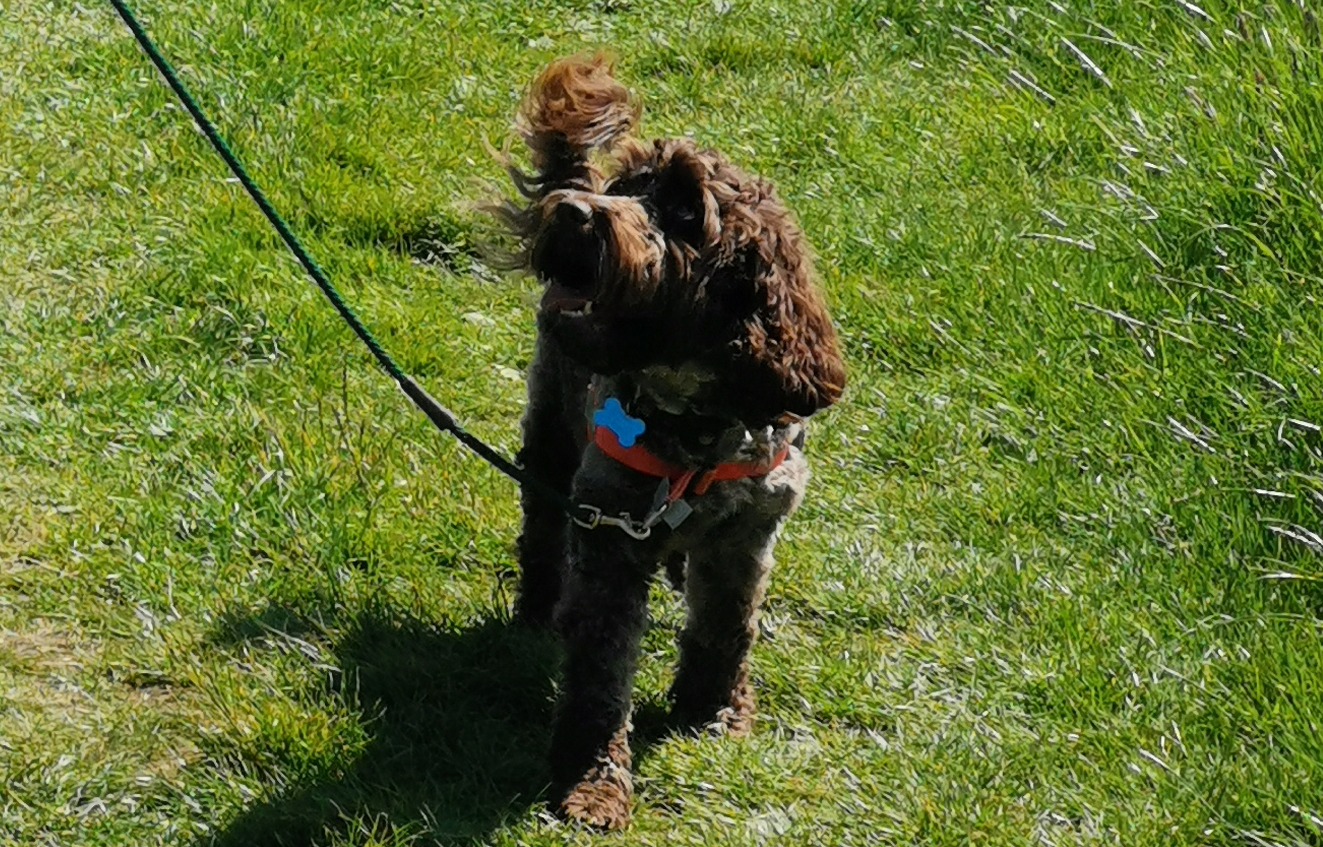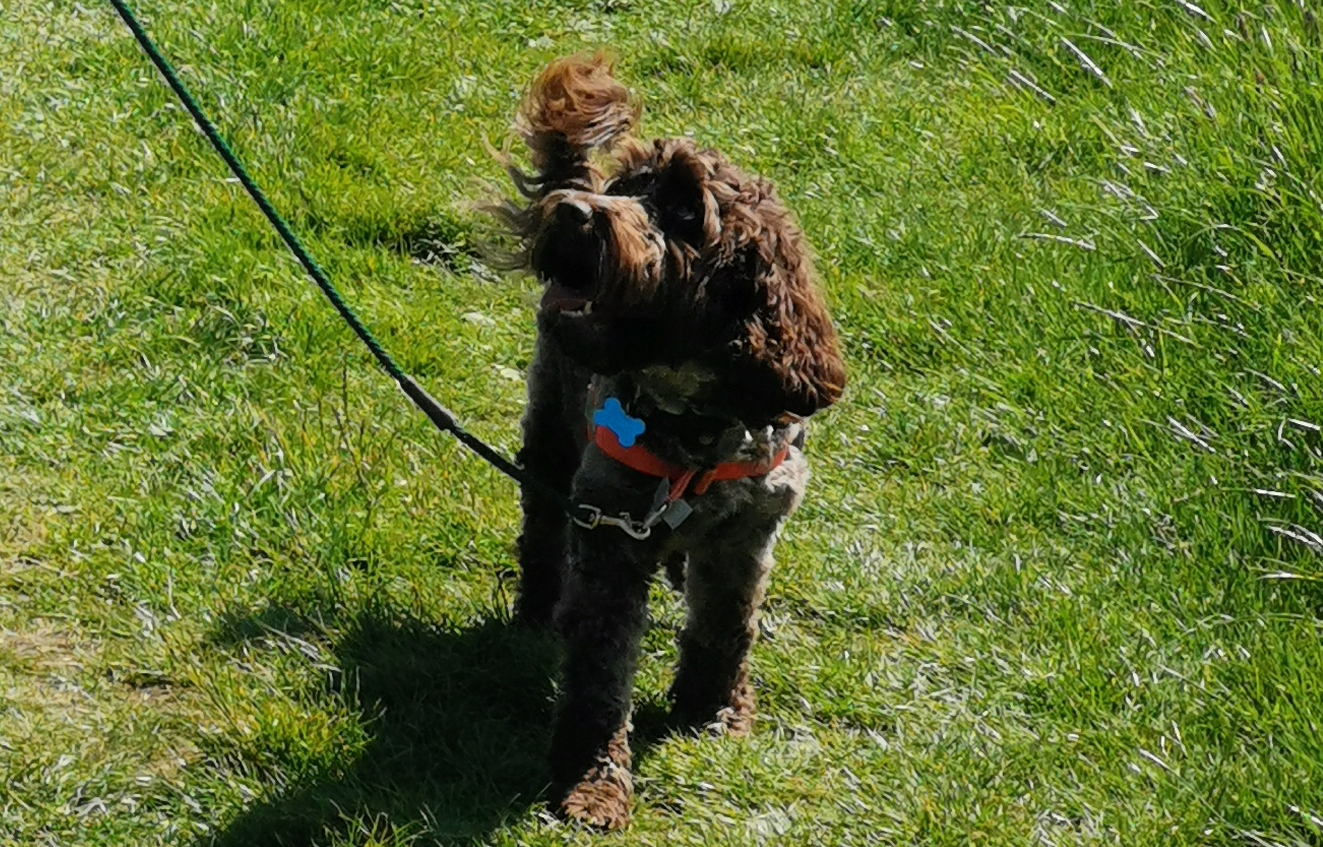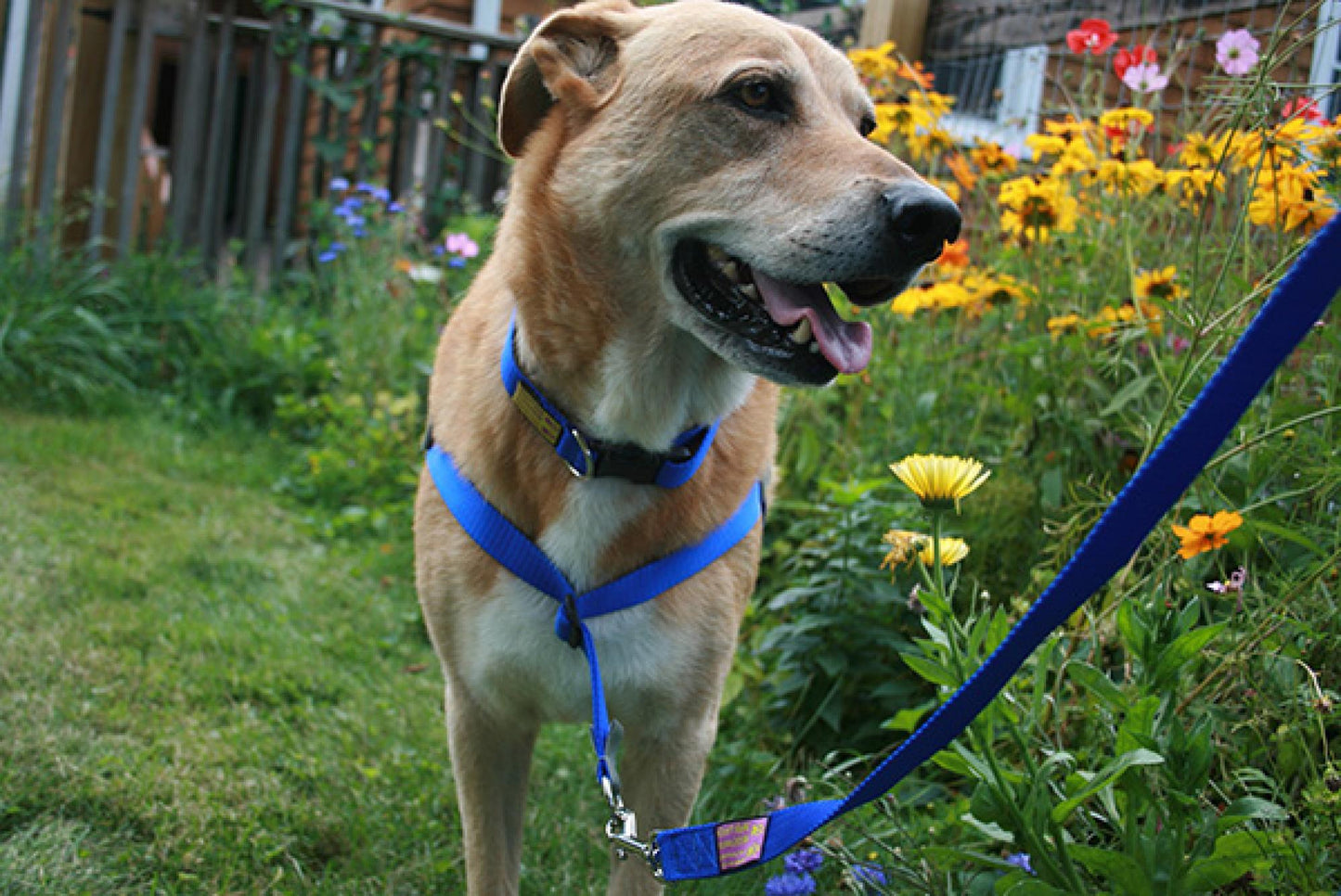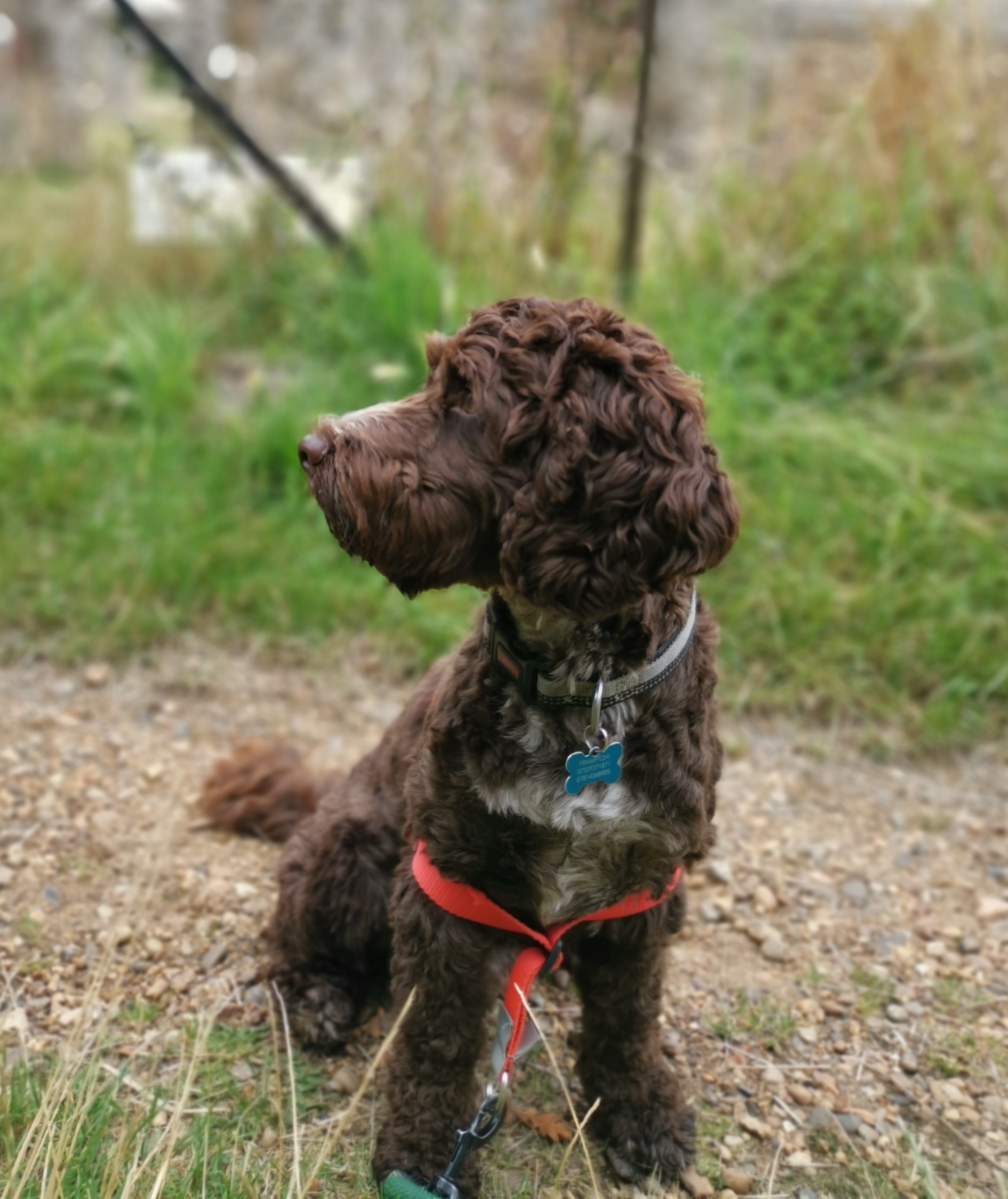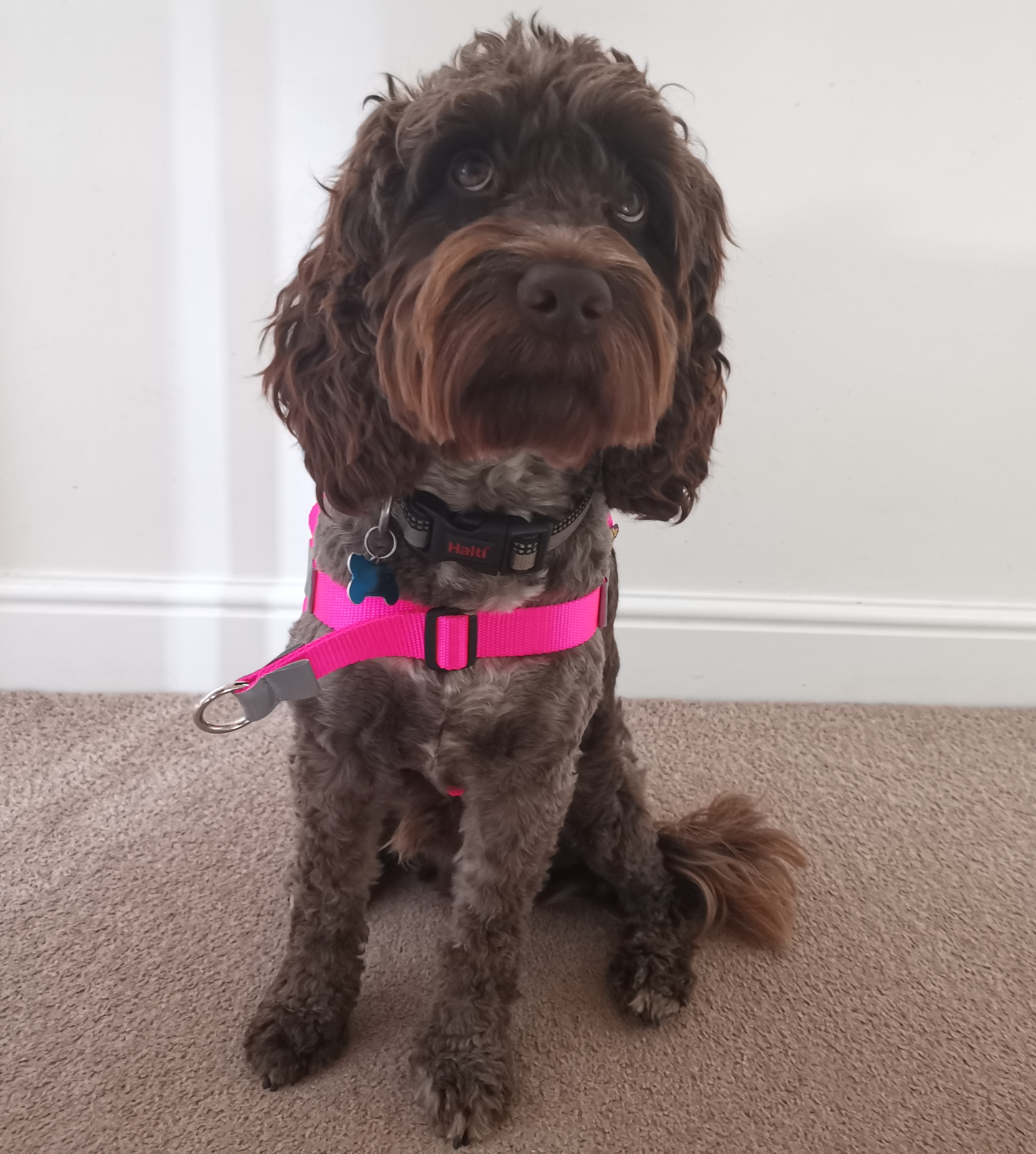Dogs communicate primarily through body language, and as their owners, it's important that we learn to understand what they're trying to tell us. By paying attention to your dog's body language, you can better understand their emotions, needs, and wants. Here are some common signals to look for:
Tail Wagging
Tail wagging is often associated with happiness, but it can also signal a range of other emotions. For example, a tail held high and wagging rapidly can indicate excitement or confidence, while a tail held low and wagging slowly can indicate fear or insecurity.
Ear Position
The position of your dog's ears can also indicate their emotional state. Ears held forward and upright can indicate alertness or interest, while ears flattened against the head can indicate fear or submission.
Eye Contact
Eye contact can be a sign of trust and affection, but it can also indicate aggression or threat. A direct stare with a tense body can be a warning sign that your dog is uncomfortable or feels threatened.
Body Posture
Your dog's body posture can also provide important clues about their emotional state. For example, a relaxed body with a wagging tail and open mouth can indicate a happy and content dog, while a stiff body with raised fur and bared teeth can indicate aggression or fear.
Vocalizations
Dogs use vocalizations, such as barking, growling, and whining, to communicate a range of emotions. For example, a deep, low growl can indicate aggression, while a high-pitched whine can indicate anxiety or discomfort.
Conclusion
Understanding your dog's body language is an important part of being a responsible and attentive owner. By paying attention to their signals, you can better understand their emotional state and respond accordingly. Keep in mind that body language can be subtle and complex, and it may take some time to develop a full understanding of your dog's signals. With patience and practice, however, you can build a stronger bond with your furry friend and provide them with the care and attention they need to thrive.


